Il Centro Zonarelli: Spaces of Intercultura – Bologna
25 Jan 2016, by in RelationsLa sua azione è finalizzata a sostenere, promuovere e moltipicare le opportunità di incontro, conoscenza reciproca, scambio e dialogo interculturale. (Centro Interculturale Massimo Zonarelli)
Learning how to live, work and collaborate across differences, whether linguistic, cultural or otherwise, is central to how we inhabit and thrive in the contemporary city. While encounters with difference inevitably take place across the city space, these typically brief moments do not always provide opportunities for meaningful relationships to be built between both individuals and groups.
Specific sites can play an active role in enabling or preventing such encounters across difference, with the space becoming itself an actor and agent in the building of relationships. In the city of Bologna, the Centro Interculturale Massimo Zonarelli offers an example of how public sites can be built which actively support such encounters. The interculturale emphasizes the purpose of the space to provide opportunities for interactions in which linguistic and cultural diversity can be negotiated through everyday practices of contact and exchange.
While formally run by the Comune di Bologna, in practice the Centro’s activities are themselves a product of negotiation between the huge number of individuals and groups which use and manage the space. Blurring the lines between owners and users, the cultural associations of the Centro shape and transform the different spaces within through their interactions and activities. The cucina is transformed from a cooking space to a classroom in an instant, while the main sala polivalente (multi-purpose room) is, in line with its name, always in movement, hosting a conference in one moment and welcoming the Durga Puja altar and celebrations the next.
A look at the linguistic landscape of the Centro in the gallery below gives us a glimpse into these activities, from cultural and religious festivals and language courses, to theatre workshops and dance classes. In these posters and flyers we start to see some of the people and communities which use the Centro, as well as the languages used to communicate. Italian remains the primary language for announcing these public-facing activities, typically functioning as a lingua franca for communication and collaboration across associations and individuals. While within associations, for internal meetings, for example, or community language courses, many more languages will be heard, reflecting the superdiverse makeup of the city of Bologna.
We also catch glimpses of how other local institutions are responding, with a multilingual sign for the park where the Centro is located and posters from the central Salaborsa Library announcing stories and readings in Czech and Slovak. How these sites and the Centro itself are responding to the realities of the multilingual city allow us to reflect on how we can build genuinely intercultural public institutions which allow new and old residents to linguistically and culturally reshape the city and its spaces.
By Naomi Wells, and with many thanks for the generous help and support of the responsabili and associazioni dello Zonarelli


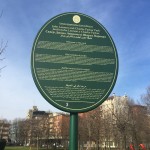
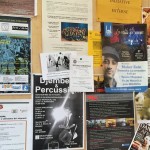
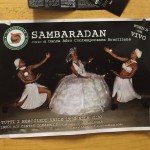
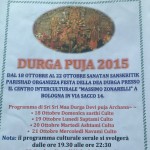
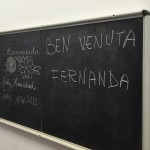
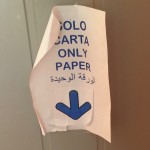
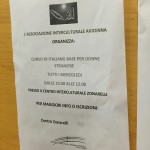
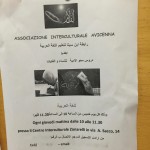
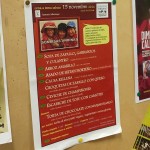
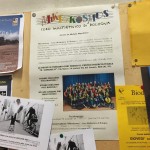
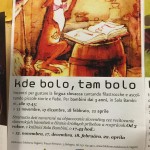
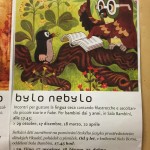
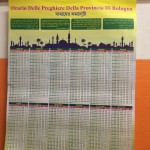
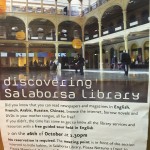
Sorry, the comment form is closed at this time.